In this post, we will see the difference between MCB and MCCB.
Circuit breakers are an essential part of an electrical circuit. The circuit breaker is a device that is used as a protective switch for passing electrical current with tripping conditions checked. When it detects a trip condition, the breaker opens its contact and isolates the input and output voltage from contacting each other.
Difference Between MCB and MCCB
Many types of circuit breakers are used in a circuit; but in this post, we will focus on two of the most used ones – MCB and MCCB. We will see the difference between both of them in this post.

Many get confused in its naming convention and consider both of them as equal. But, there are considerable differences between both of them.
MCB stands for Miniature Circuit Breaker and MCCB stands for Moulded Case Circuit Breaker.
MCB is used for low power requirements such as domestic purposes or small electrical panels. MCCB is used for high power requirements like industrial or big commercial applications.
MCB can be used only till 100 A, but MCCB can be used till 2500 A. This makes MCCB feasible for use in bigger applications.
One main difference to consider is the interrupt rating. It should be noted that there is a big difference between ampere rating and interrupt rating. Suppose a circuit breaker has 150 A of ampere rating and 1000 A of interrupt rating.
This means that the circuit breaker will trip only after 150 A of current. But, if the current has increased to a large extent already has reached up to 1000 A, then too the circuit breaker will trip the path without damaging itself. If the current exceeds 1000 A, then the circuit breaker will get damaged.
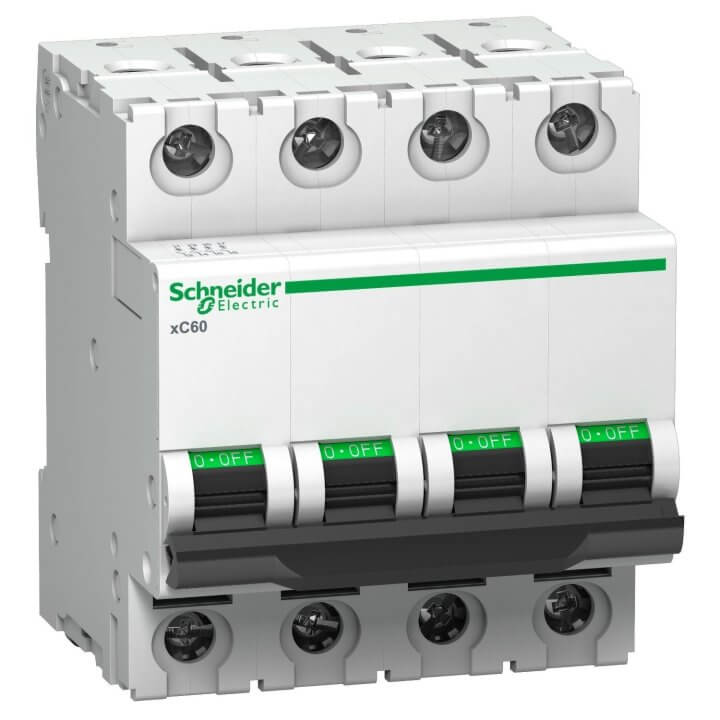
Now, moving ahead with our content, it is to be noted that an MCB has an interrupt rating of up to 18000 A; but the interrupt rating of an MCCB can go up to 200000 A.
MCB does not have any adjustable trip functions, but the MCCB has the same. The adjustable trip function means that you can set the trip parameters according to your requirements, which provides more flexibility to the user in designing a circuit.
The various trip functions are continuous ampere, long time delay, short time pick up, short time delay, instantaneous pick-up, and ground fault pickup. These parameters are in seconds and ampere units, which can be set according to the requirement.

Cost-wise, MCB is cheaper than MCCB. Obviously, due to the features discussed above, MCCB is costlier.
These are the differences between MCB and MCCB. It must be up to the electrical engineer to decide what to choose if he knows the basic requirements and functions.
If you liked this article, then please subscribe to our YouTube Channel for Instrumentation, Electrical, PLC, and SCADA video tutorials.
You can also follow us on Facebook and Twitter to receive daily updates.
Read Next:
DOL Starter Circuit Diagrams
Earth Leakage Circuit Breaker
Star Delta Starter Circuit Diagrams
Control Two Motors after Time Delay
Thermal Protection Relay for Motors

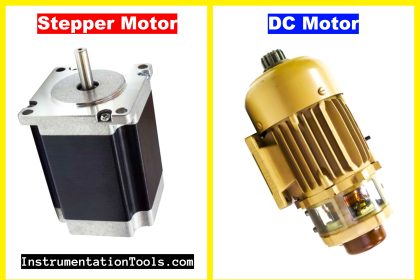
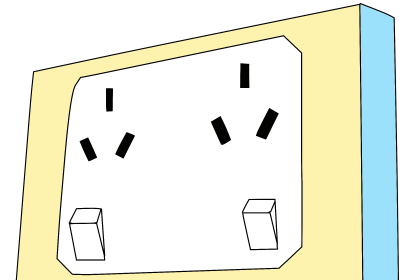
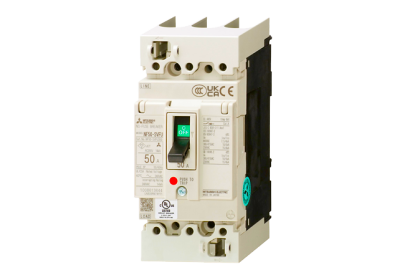


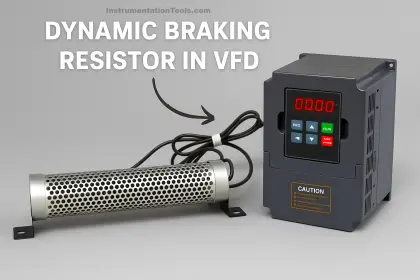
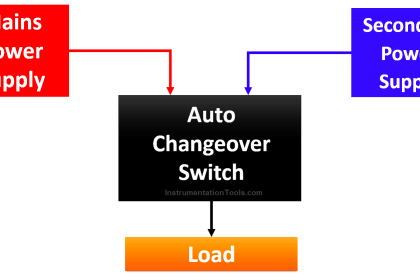


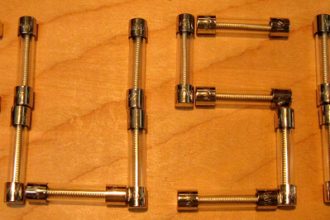

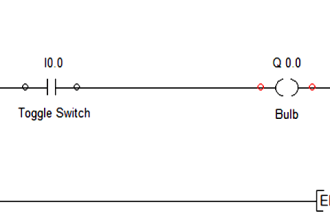
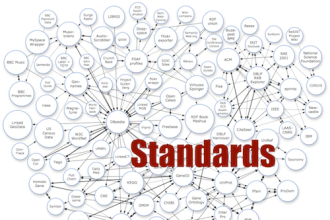


If my incoming supply is rated as 100A 415VAC 3 phase 50Hz to a control panel (with a VFD rated at 80A), must I use a MCB or MCCB for the incoming protection. We are not sure as this case is border-line between low and high current application rating.
Whether MCB or MCCB, can also I use a RCCB as leak protection for this control panel?